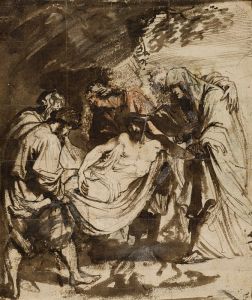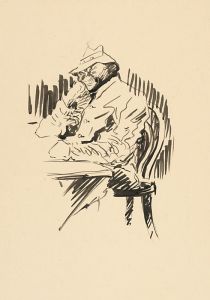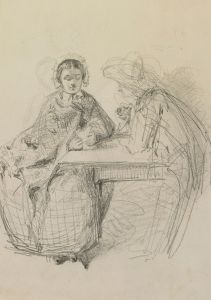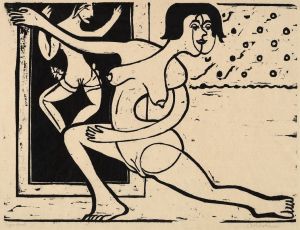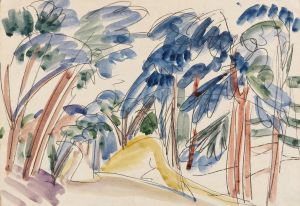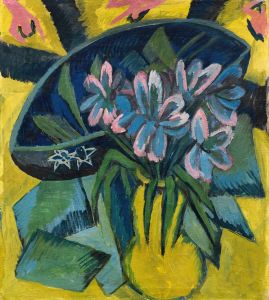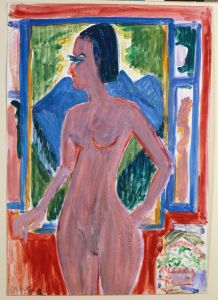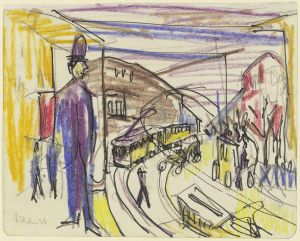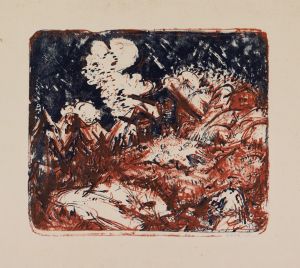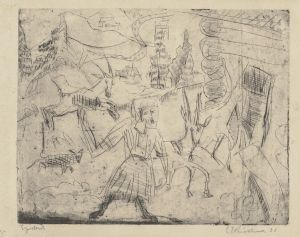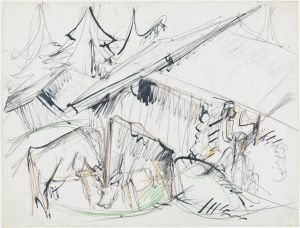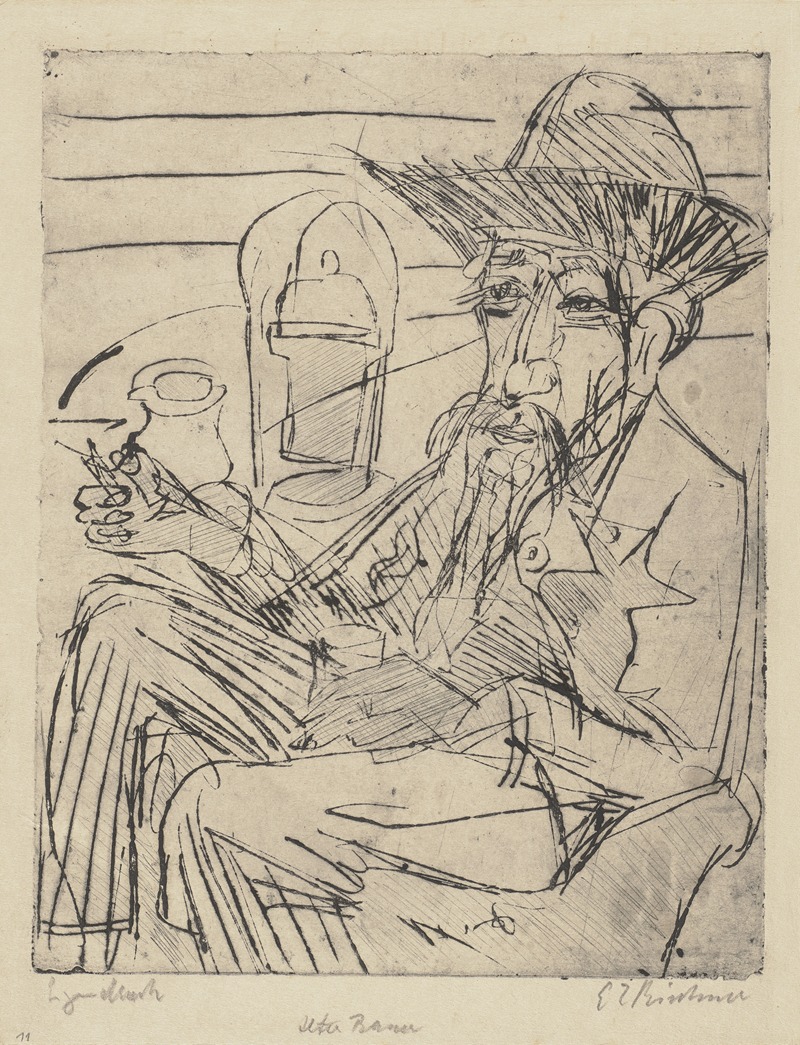
Alter Bauer
A hand-painted replica of Ernst Ludwig Kirchner’s masterpiece Alter Bauer, meticulously crafted by professional artists to capture the true essence of the original. Each piece is created with museum-quality canvas and rare mineral pigments, carefully painted by experienced artists with delicate brushstrokes and rich, layered colors to perfectly recreate the texture of the original artwork. Unlike machine-printed reproductions, this hand-painted version brings the painting to life, infused with the artist’s emotions and skill in every stroke. Whether for personal collection or home decoration, it instantly elevates the artistic atmosphere of any space.
Ernst Ludwig Kirchner was a prominent German expressionist painter and one of the founding members of the artist group Die Brücke (The Bridge), which played a pivotal role in the development of modern art in the early 20th century. Kirchner's work is characterized by its bold use of color, dynamic compositions, and a focus on the human figure, often exploring themes of modernity and the human experience.
"Alter Bauer" (Old Farmer) is one of Kirchner's works that exemplifies his expressionist style. While specific details about this particular painting are limited, it is consistent with Kirchner's broader body of work, which often depicted scenes of rural life, urban landscapes, and portraits. Kirchner's paintings are known for their vibrant colors and expressive brushwork, which convey a sense of emotional intensity and psychological depth.
In the context of Kirchner's oeuvre, "Alter Bauer" likely reflects his interest in capturing the essence of his subjects through exaggerated forms and colors. This approach was influenced by his desire to break away from traditional artistic conventions and to express a more subjective, emotional reality. Kirchner and his contemporaries in Die Brücke sought to create art that was a bridge between the past and the future, drawing inspiration from both traditional sources and the rapidly changing world around them.
Kirchner's work was also shaped by his experiences during a tumultuous period in history, including the impact of World War I and the subsequent changes in German society. His art often reflects a tension between the idyllic and the chaotic, a theme that can be seen in many of his paintings. The depiction of an "old farmer" might suggest a connection to the land and traditional ways of life, contrasting with the modern, industrialized world that was emerging at the time.
Throughout his career, Kirchner faced both acclaim and adversity. His work was celebrated for its innovation and emotional power, but he also experienced personal struggles, particularly during the rise of the Nazi regime in Germany, which labeled his art as "degenerate." Despite these challenges, Kirchner's influence on the expressionist movement and modern art as a whole remains significant.
Today, Kirchner's paintings are held in high regard and are featured in major art collections and museums around the world. His contribution to the development of expressionism and his exploration of the human condition continue to resonate with audiences, making his work an enduring part of art history. While specific information about "Alter Bauer" may be limited, it is undoubtedly a part of Kirchner's legacy as a pioneering figure in the world of modern art.





